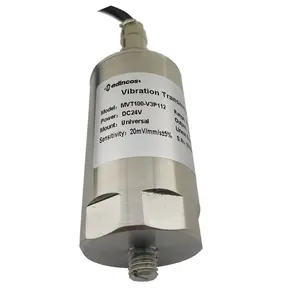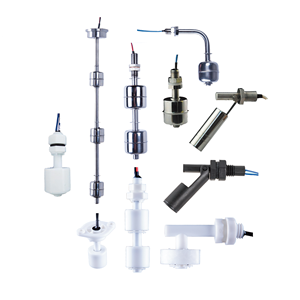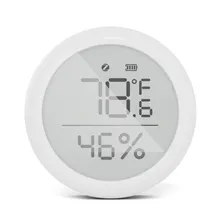Understanding Vertical Horizontal Sensors
Vertical horizontal sensors are sophisticated devices designed to detect orientation or position across vertical and horizontal planes. These sensors are integral to various applications, from industrial automation to consumer electronics, ensuring accuracy and efficiency in operations.
Types and Applications
There are several types of vertical horizontal sensors, including tilt sensors, gyroscopes, and accelerometers. Each type serves a specific function, such as measuring tilt angles or detecting acceleration in a particular direction. The applications for these sensors are diverse, ranging from automotive systems for stability control to construction equipment for ensuring level operations.
Features and Materials
The features of vertical horizontal sensors vary, with some offering digital outputs for easy integration with modern interfaces, while others provide analog signals for traditional systems. Materials used in these sensors include durable metals and advanced polymers, chosen for their ability to withstand environmental stresses while maintaining sensor integrity.
Advantages of Precision Sensing
The advantages of using vertical horizontal sensors are numerous. They provide precise measurements that are crucial for the safety and functionality of various systems. Their reliability and accuracy are paramount in applications where orientation and position data are critical for performance.
Selection Considerations
When selecting a vertical horizontal sensor, it is important to consider the specific needs of your application, such as the required range of detection, sensitivity, and output type. Additionally, environmental factors like temperature, humidity, and vibration should be taken into account to ensure the sensor's optimal performance.
Integration and Compatibility
Integrating vertical horizontal sensors into existing systems requires careful consideration of compatibility with other components. It is essential to evaluate the communication protocols and power requirements to ensure seamless operation within the intended application.









































 浙公网安备 33010002000092号
浙公网安备 33010002000092号 浙B2-20120091-4
浙B2-20120091-4